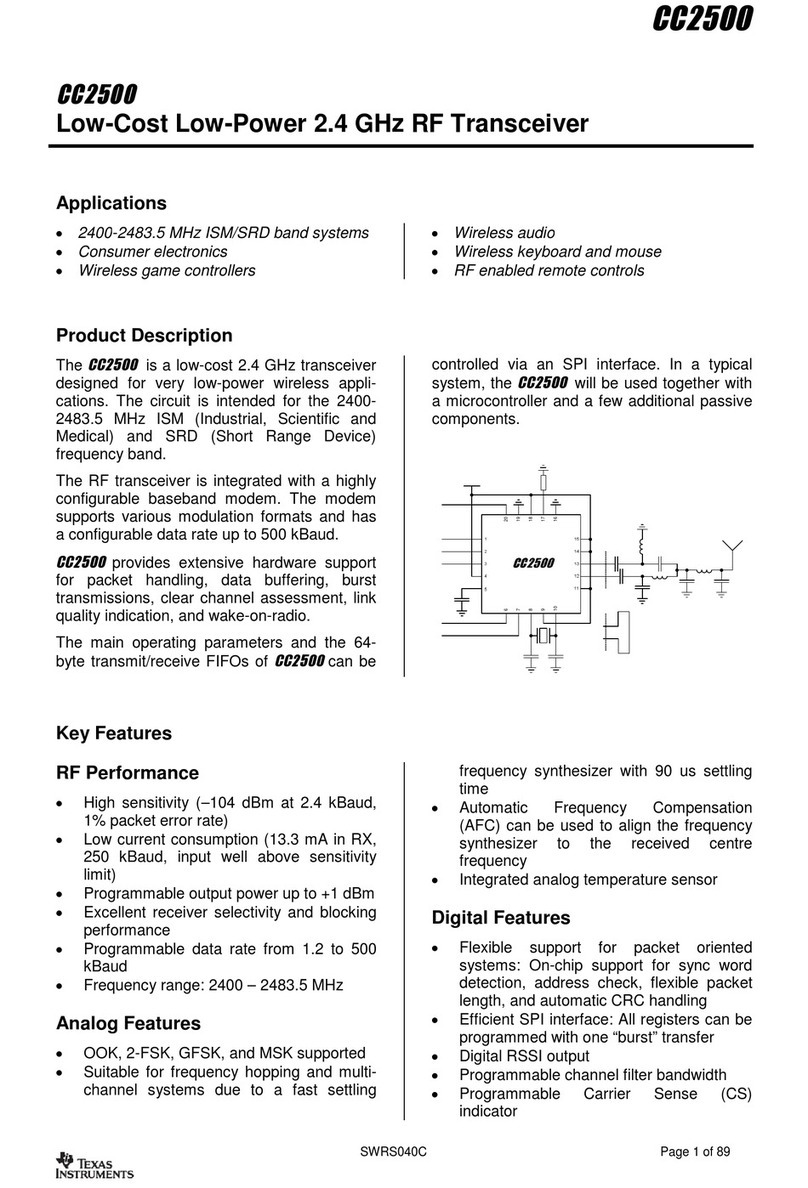Texas Instruments CC1100 Programming manual
Other Texas Instruments Transceiver manuals
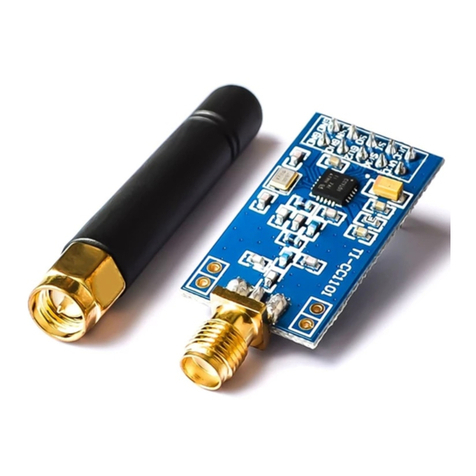
Texas Instruments
Texas Instruments CC1101 User manual
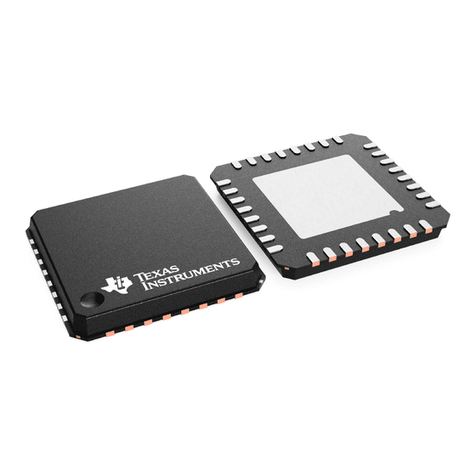
Texas Instruments
Texas Instruments CC1020 User manual
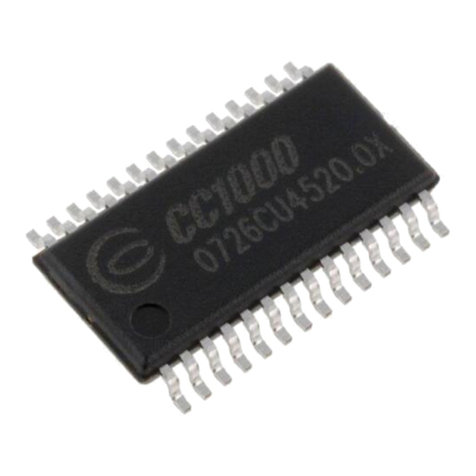
Texas Instruments
Texas Instruments Chipcon Products CC1000-RTB1 User manual
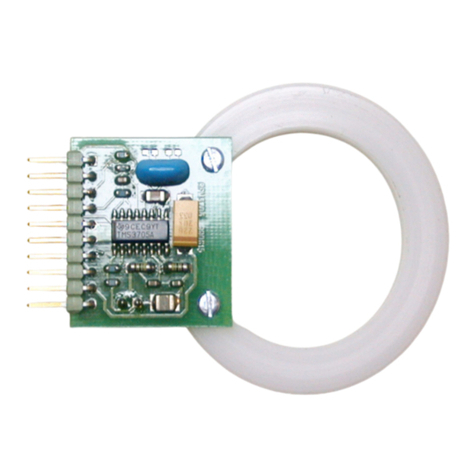
Texas Instruments
Texas Instruments TMS3705A Installation guide
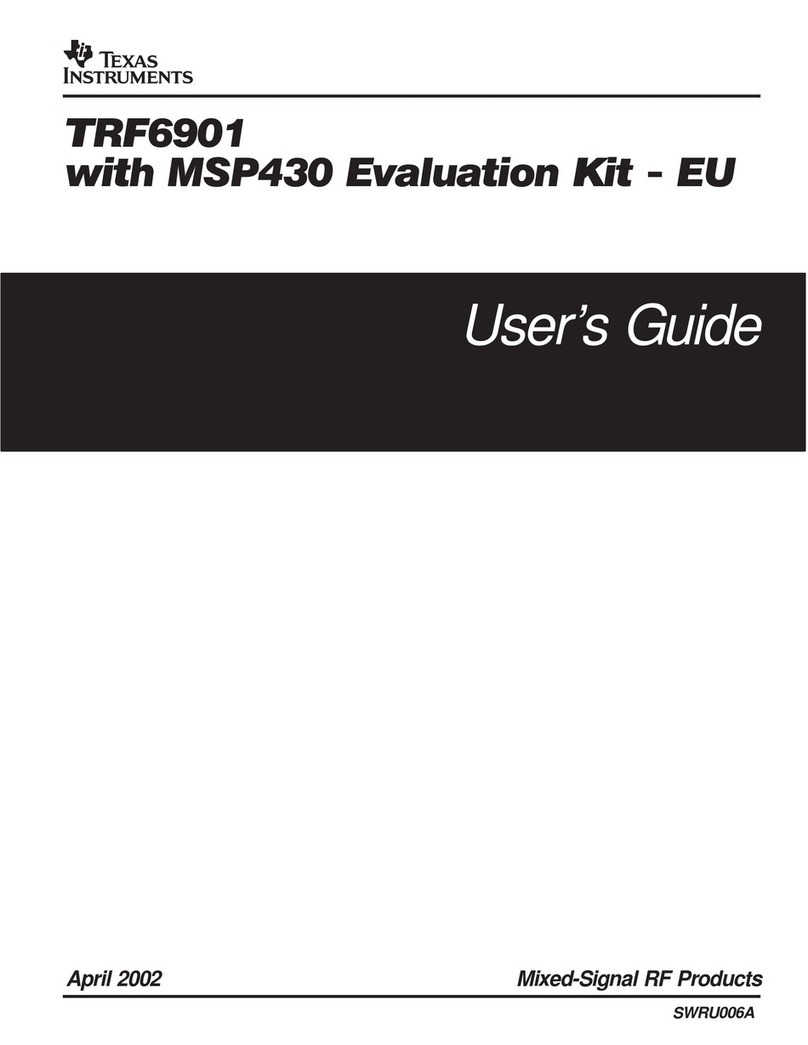
Texas Instruments
Texas Instruments TRF6901 User manual
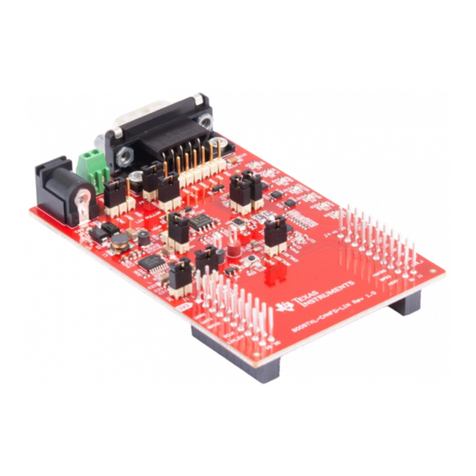
Texas Instruments
Texas Instruments TLIN2029-Q1 User manual
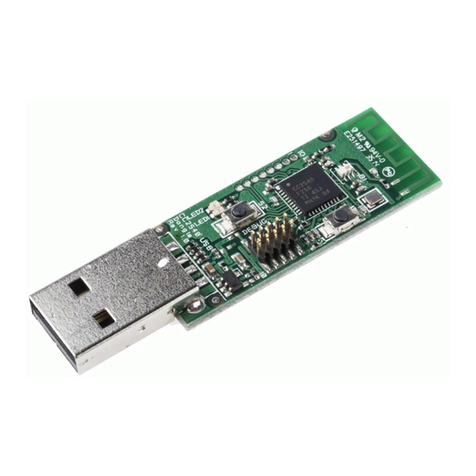
Texas Instruments
Texas Instruments CC2540 User guide
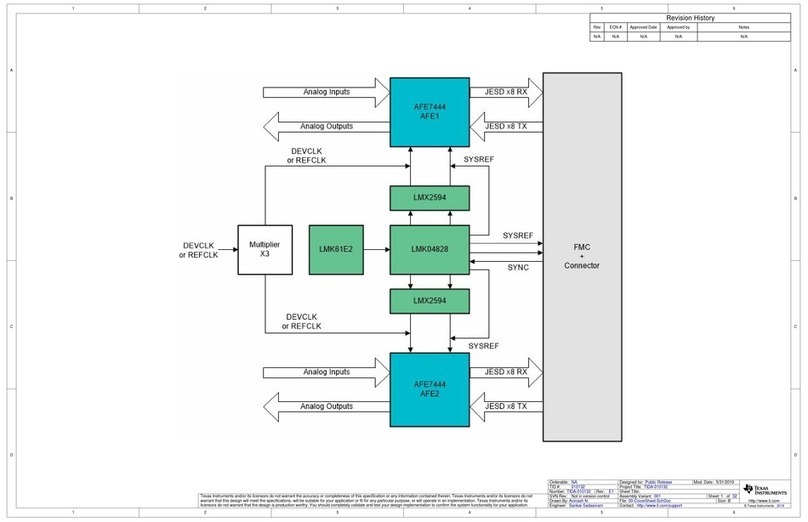
Texas Instruments
Texas Instruments TIDA-010132 Quick start guide
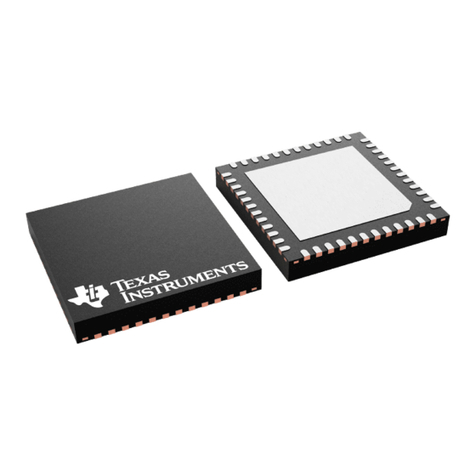
Texas Instruments
Texas Instruments Chipcon Products CC2420 User manual
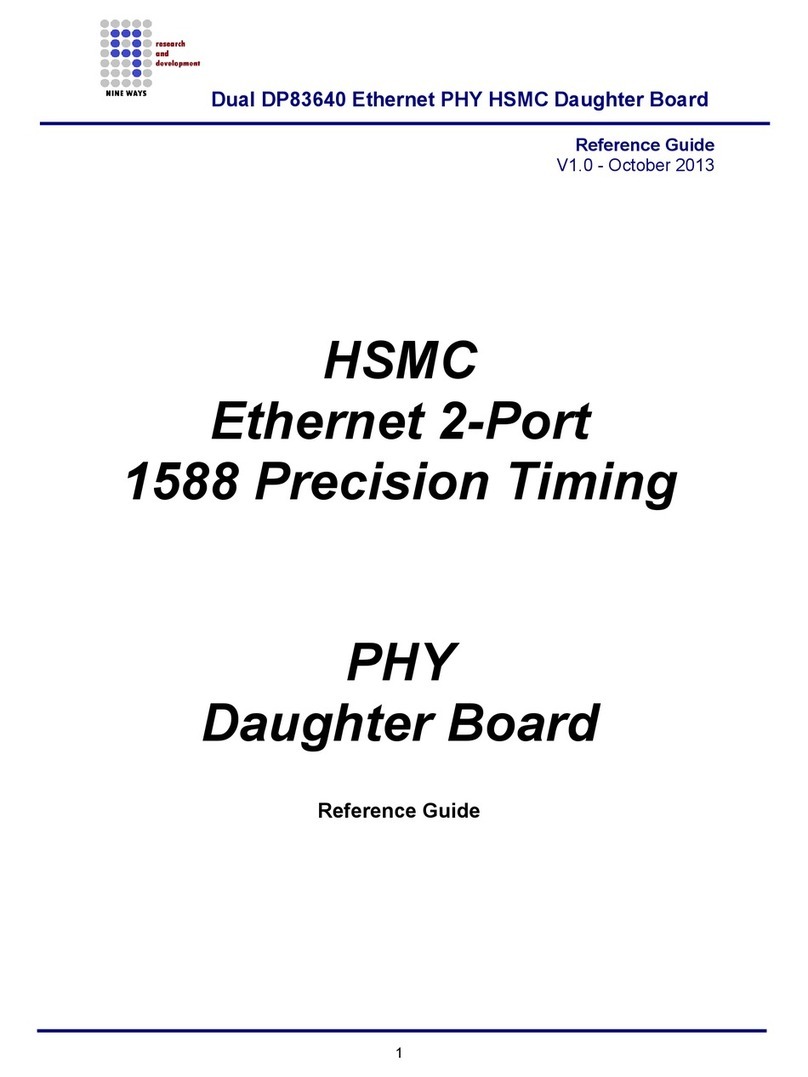
Texas Instruments
Texas Instruments DP83640 User manual
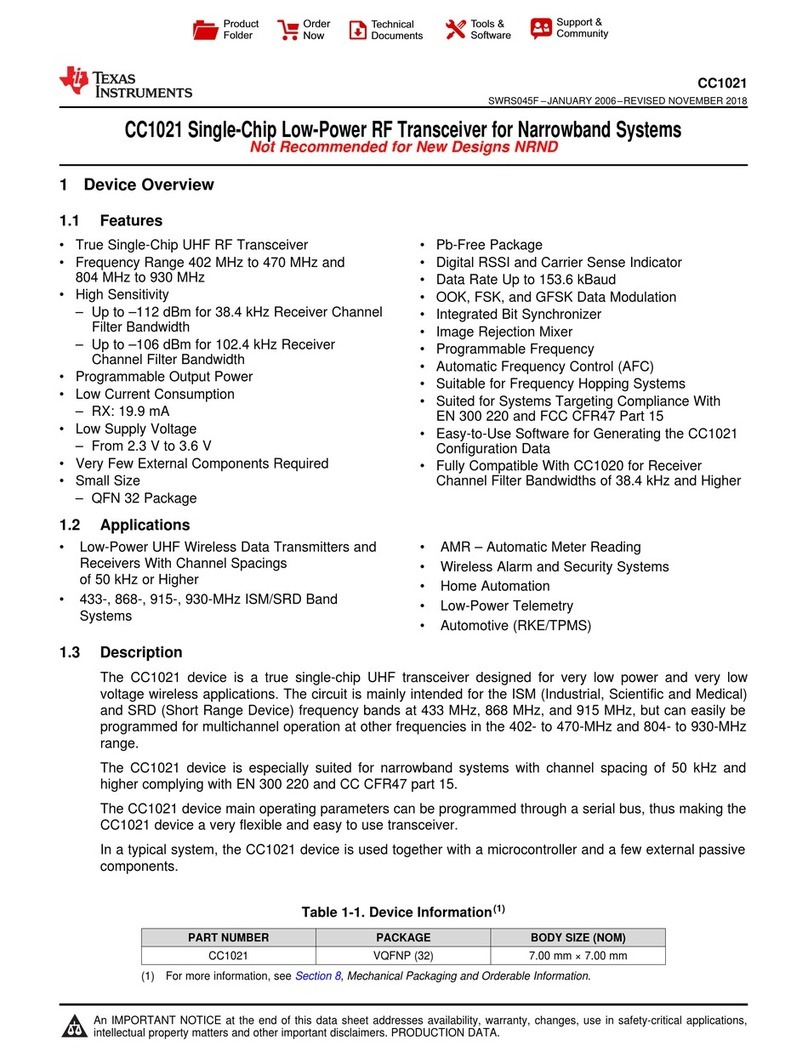
Texas Instruments
Texas Instruments CC1021 User manual
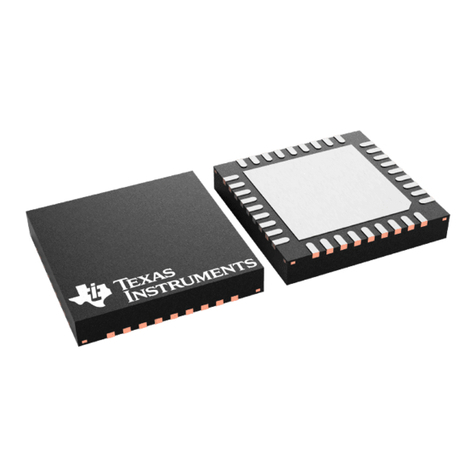
Texas Instruments
Texas Instruments CC2500 User manual
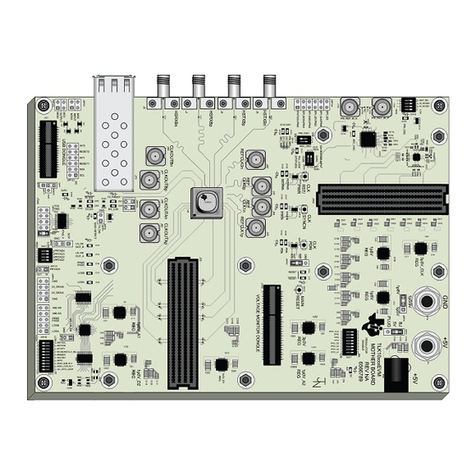
Texas Instruments
Texas Instruments TLK10232 User manual

Texas Instruments
Texas Instruments CC1020 User manual
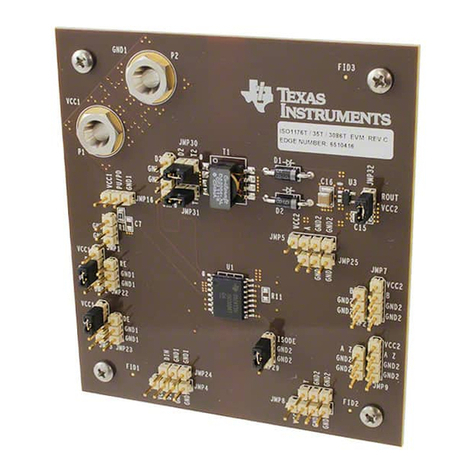
Texas Instruments
Texas Instruments ISO1176T User manual
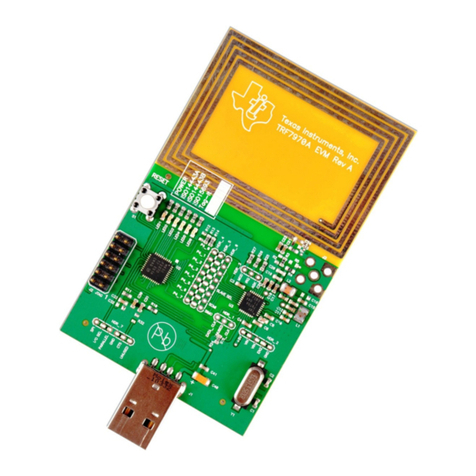
Texas Instruments
Texas Instruments TRF7970A BoosterPack User manual

Texas Instruments
Texas Instruments TRF7970A BoosterPack User manual
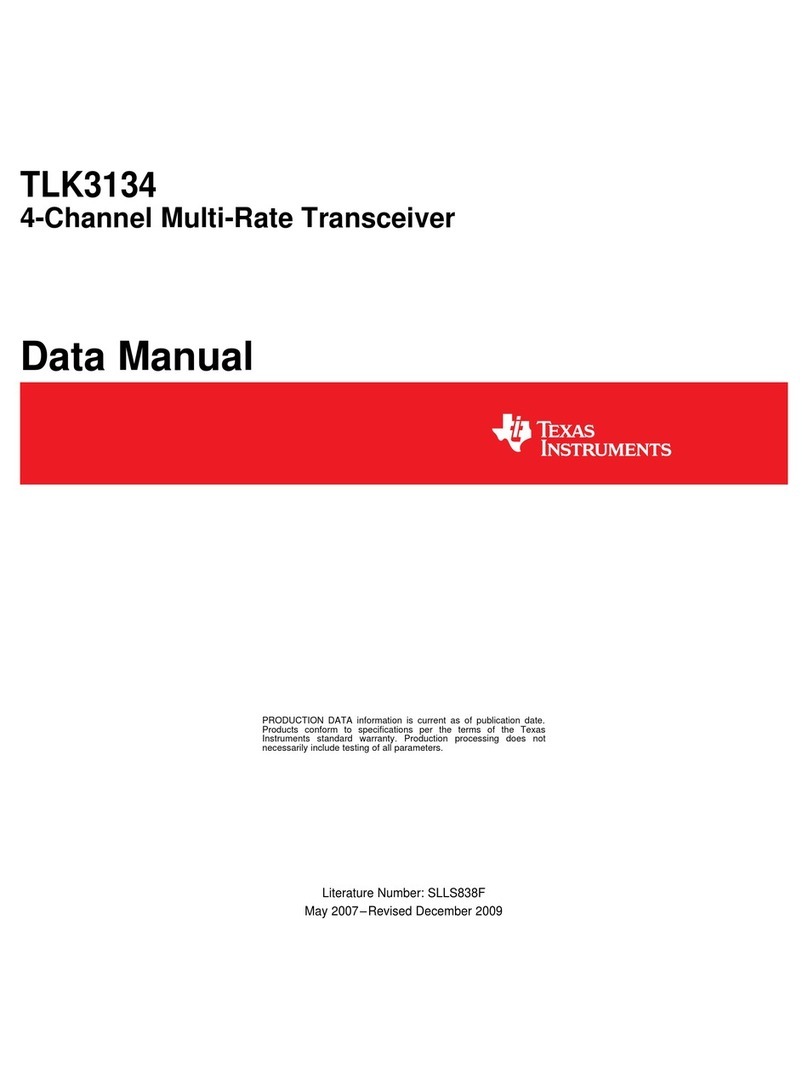
Texas Instruments
Texas Instruments TLK3134 XAUI Installation and user guide
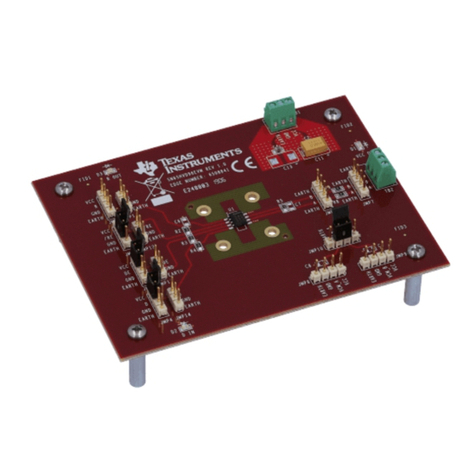
Texas Instruments
Texas Instruments Sympol SN65HVD96 User manual
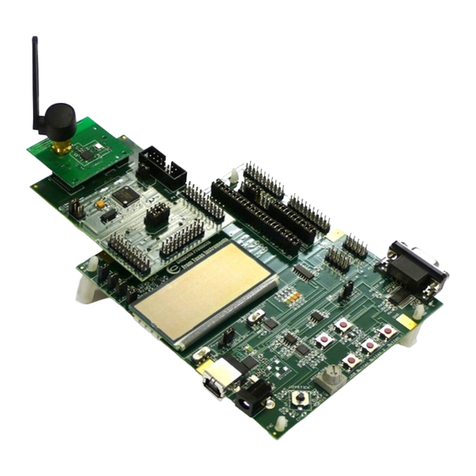
Texas Instruments
Texas Instruments CC2520DK User manual
Popular Transceiver manuals by other brands

Kenwood
Kenwood ProTalk TK-3201 instruction manual

City Theatrical
City Theatrical SHoW DMX SHoW Baby user manual

Standart Horizont
Standart Horizont HX407 owner's manual

B&G
B&G V90S quick start guide

VictelGlobal
VictelGlobal ALK300 series Operation manual

Cactus
Cactus Wireless Flash Transceiver V6 user manual
